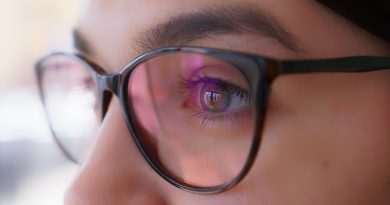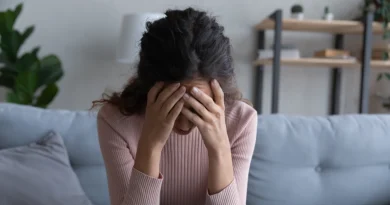Upper Back Pain
Overview
What is upper returned pain?
Upper back pain (and middle back pain) can occur anywhere from below your neck to below your rib cage. Further Your top and center returned is known as the thoracic spine. Your thoracic spine consists of 12 small bones called vertebrae. lastly, Your spinal cord supports your body.
The thoracic backbone is hooked up to a couple of ribs;
Each vertebra in your thoracic spine is connected to a pair of ribs. Your ribs wrap around your body into a long, flat bone called the sternum in the center of your chest. It forms your rib cage.
Different medical problems or injuries;
Your upper back also has discs that separate each vertebra. These discs absorb shock when you move. Your upper back also has many muscles and ligaments that hold your spine together. Upper lower back aches may result from many extraordinary scientific troubles or accidents to the bones, discs, muscles, and components of your higher lower back.
The bones in upper work together with the ribs to stabilize the back;
Upper back pain is not as common as neck pain or lower back pain. This is because the bones in your upper back don’t move or flex as much as the bones in your neck and lower back. The bones in your upper back work together with the ribs to stabilize the back. They work together to help protect your body’s vital organs, including your heart and lungs.
POSSIBLE CAUSES
What are the feasible reasons for higher returned pain?
Upper back pain can be caused by many different medical conditions and injuries. Conditions that can cause upper back pain include Strains and Sprains:
Mostly Back strains and sprains are the most common causes of upper back pain. what’s more, You can injure muscles, tendons, and ligaments by lifting something too heavy or not lifting it safely.
Weak Currency:
Many human beings with top returned ache discover it hard to get up straight.. You can stand “crooked” or hunched over with your torso out to the side rather than aligned with your spine.
Disk problems:
Discs can slip or “bulge” out of position in the spine and press on nerves. They can rupture (herniated disc).
Fracture:
Spinal cords can break during an accident, such as a car accident or fall.
Arthritis: Osteoarthritis is the maximum not unsuaelplace form of arthritis that reasons top again pain..What does higher returned ache experience like? People describe the sensation of upper back pain in different ways. Some people experience upper back pain such as: Burning or sharp pain.
An aching, throbbing pain.
Muscle stiffness or stiffness.
Pain radiating along the nerve.
Tingling, numbness or weakness.
care and treatment;
How is higher again ache diagnosed? Your fitness care company will ask you questions on your scientific history, interest level, and symptoms. They may also ask you questions on your pain.
Uses radiation to make pictures of the bones in your spine.
Magnetic resonance imaging (MRI) scan: Uses a magnet and radio waves to create images of your bones, muscles, tendons, and other soft tissues in your spine.
Electromyography (EMG): Examines the nerves and muscles in your spine and checks for nerve damage (neuropathy), which can cause tingling or numbness in your legs.
Blood test: Can detect genetic markers for certain conditions that cause back pain.
How is upper back pain managed or treated?
Your treatment will depend on the cause and symptoms of your pain. People with mild to moderate upper back pain can usually manage their symptoms at home. You can try to manage your symptoms with:
Over-the-counter pain medications such as acetaminophen (Tylenol) and nonsteroidal anti-inflammatory drugs (NSAIDs).
A heating pad to reduce pain and stiffness.
Ice packs to reduce pain and swelling.
Medical massage.
What else can I do at home to prevent or reduce upper back pain?
Many methods may save you or lessen higher returned aches at home. Additional methods include:
Exercise:
Exercise can assist stretch and beef up your top lower back muscles.
Good Posture:
Stand up and sit tall. Do not slide or bend.
Reduce stress:
Try deep breathing, rest sporting events, or meditation.
When ought I name my healthcare issuer if I have top lower back pain?
Upper lower back ache normally receives higher on their own. In addition,
If your upper back pain does not improve after a week, then call your healthcare provider.
What’s more, You experience tingling or numbness in your legs or hips. Next, You have severe pain or muscle cramps.
Furthermore, You increase new signs inclusive of fever, weight reduction, or bowel and bladder problems.
These could be signs of a more serious condition.



